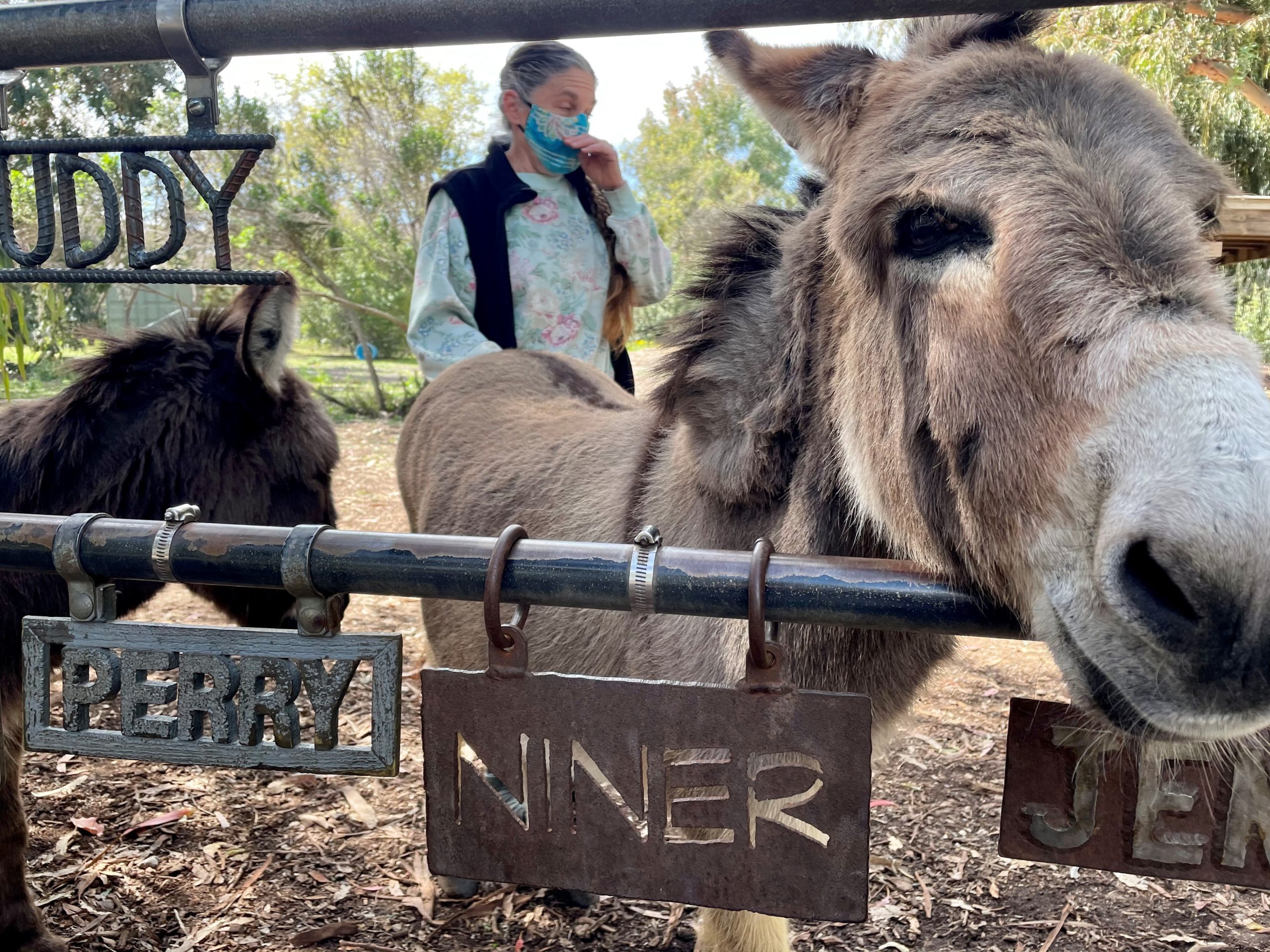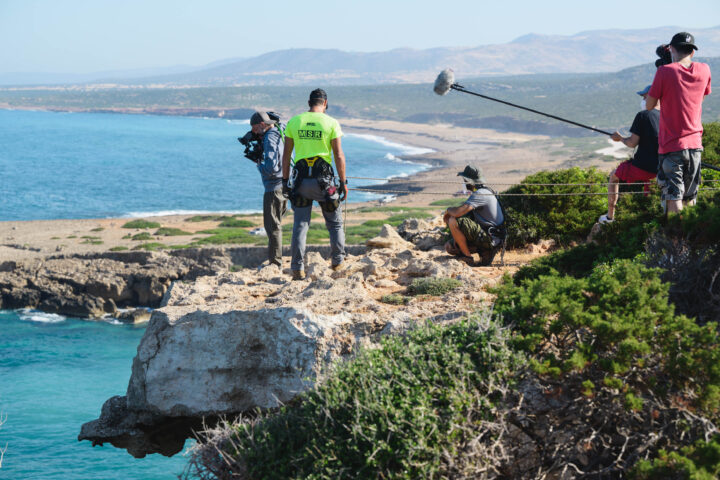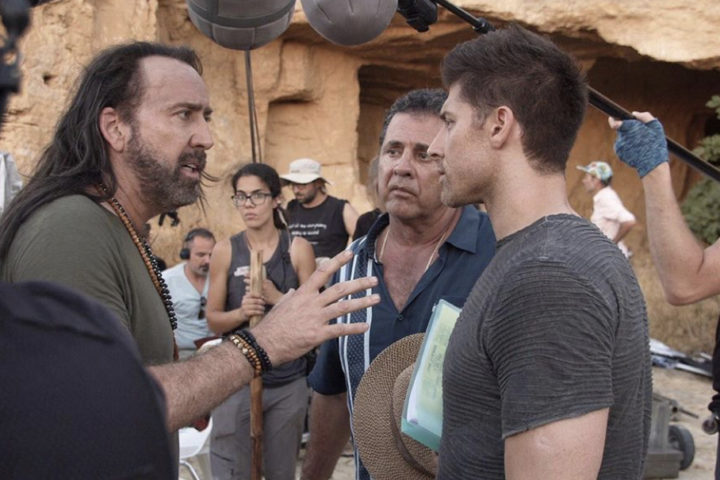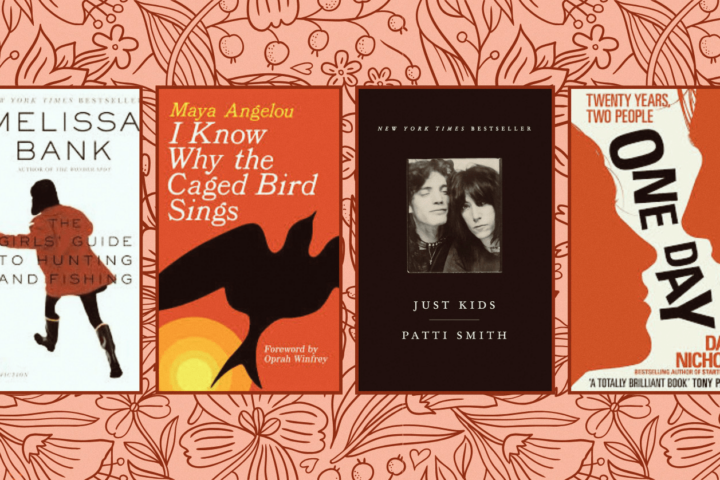By Haro Chakmakjian
Southern California may have Hollywood, but Silicon Valley has a star of its own – not just tech glitterati — in the shape of a Jerusalem donkey chewing the fat.
Meet Perry, possibly “the most famous” animal of its breed; a title won on the back of his service as a real-life model for the charismatic supporting actor called Donkey in the Academy-award winning movie “Shrek”.
His home turf, the Barron Park donkey sanctuary run by volunteers in Palo Alto, is a San Francisco Bay Area city with one of the most expensive zip codes in the United States.
It prides itself as “a resource for the local community, preserving a piece of rural farm life that reminds technology-minded locals of pastoral life and providing stress relief to visitors and passers-by”.
Located almost within almost kicking distance of the home bases of IT giants such as Google and Facebook, the history of the donkeys’ pastoral refuge dates back to the 1930s when physicist Cornelis Bol from Holland joined Stanford University’s physics department.
Bol planted orchards and strawberry patches and collected a small herd of donkeys to ride and pet his and neighbourhood children.
Ninety years later, local residents, donations, and the sale of bags of donkey manure have fulfilled his dream of providing a permanent home for generations of donkeys.
Perry, a miniature Jerusalem donkey — so named for the cross on their back and the animal’s association with Jesus Christ’s procession into the Holy City on Palm Sunday — was actually born in New York and brought to Stanford in the 1990s.
His fame comes from having posed for photos, video and sketches used to model Shrek’s sidekick, Donkey.
“If you know Perry and watch the movie (you know that), it’s him. It’s amazing how much of our donkey is in Donkey, the way he flips his head when he’s mad at Shrek, the way he trots,” said Jenny Kiratli, his main handler.
In a “D-mail” box on the gate of their corral, children drop in messages and artwork for Perry — at 27 middle-aged for a donkey — and companion Buddy, currently the only two occupants, following the death last November of another donkey, Jenny, in the thick of the Covid-19 crisis.
The photogenic animals, including in the past likely descendants of donkeys that ran wild after the gold rush, have been a solace for adults in the era of corona-imposed restrictions.
“They just touch so many people. When you’re having a busy day, and you’re stressed, you just go there for a half-hour, and you calm down. They’re Zen-like, almost,” Denise Sanders, another handler, told a Palo Alto website.










